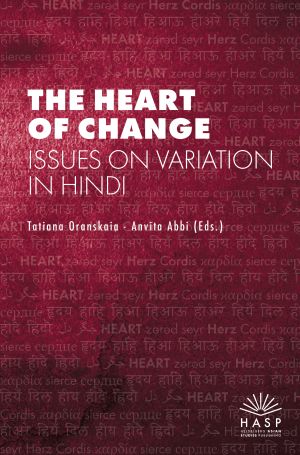Zitationsvorschlag
Lizenz (Kapitel)

Dieses Werk steht unter der Lizenz Creative Commons Namensnennung - Weitergabe unter gleichen Bedingungen 4.0 International.
Identifier (Buch)
Veröffentlicht
Restructuring of Grammar in the Emerging Varieties of Hindi Across India
Intensive language contact is the genesis of diffusion of forms phonetically, morphologically, syntactically, and semantically. Both internal innovation and external pressures help in restructuring existing grammar in such a way that the language of contact is widely acceptable and prestigious. The multilingual mosaic of the country feeds the structure of the contact language in multiple ways. We observe that languages grow in layers as the model language is constantly changed by extension, innovation, and grammaticalization processes as exemplified by the contact Hindi used in Hindi-belt and non-Hindi zones.
The author discusses two different kinds of contact Hindi, the one which is used in the so-called ‘Hindi belt’, such as Bihar and Jharkhand—including the Union Territory of Andaman and Nicobar, where Hindi is the official language,— and the other in non-Hindi zones of Arunachal Pradesh marked by the multiplicity of mutually non-intelligible indigenous languages and Meghalaya, home to Mon-Khmer group of Austroasiatic languages—the two significant Northeast states of India. The author has discussed the salient features of contact Hindi and compared the similarities and differences among them. The study helps us to identify those structures of Standard Hindi which are prone to change, innovate and lose in the contact situation. It has been shown that Hindi in its non-standard variety can be seen as the biggest factor for social cohesion and mobility across the nation. The emergence of contact-induced linguistic structures makes this lingua franca a powerful contact language in the linguistically heterogeneous milieu.
Keywords standardization, language innovation, language adaptation, language acceptance, social cohesion, varieties of Hindi









